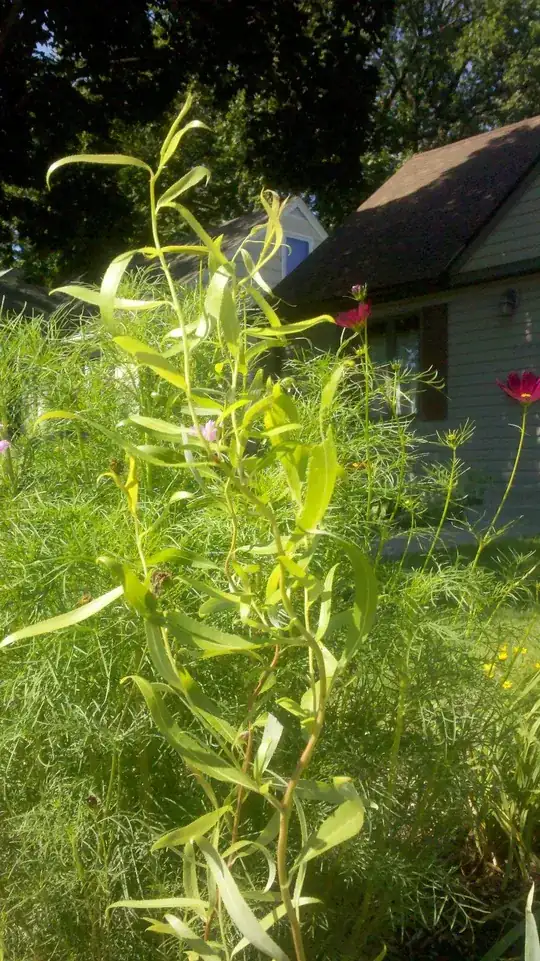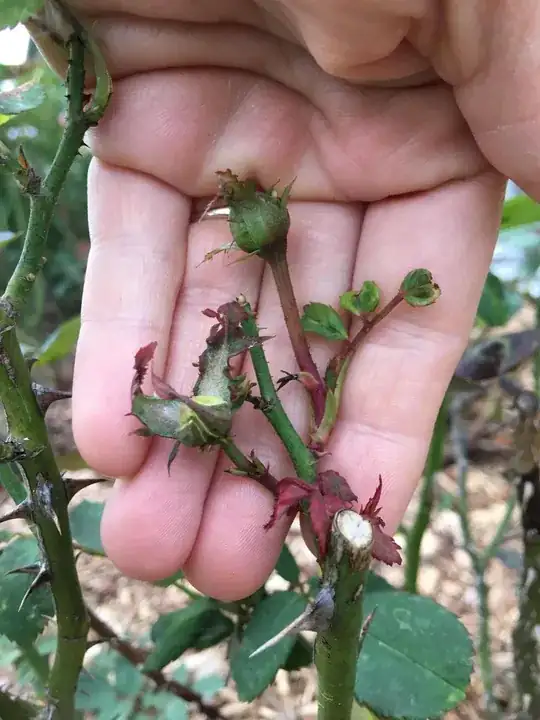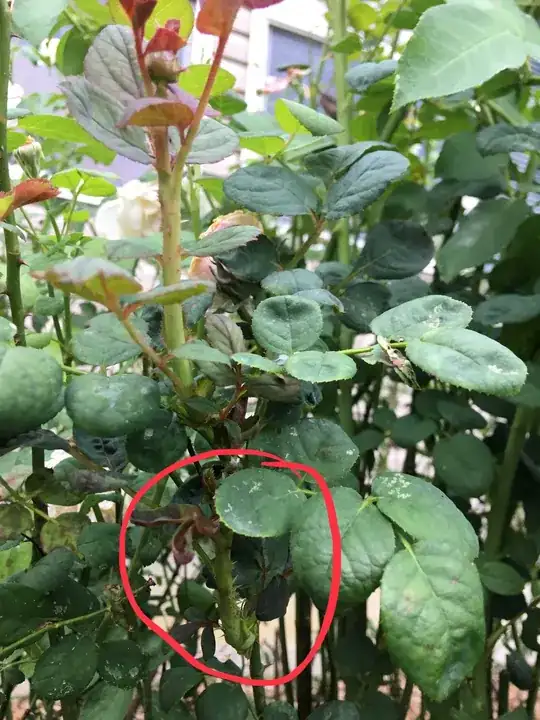Early Rose Rosette Disease, also known as Rose Rosette Virus (RRV), is a viral disease that affects roses. It is caused by the Rose Rosette Virus, which is transmitted by microscopic eriophyid mites. Here is some information about Early Rose Rosette Disease:
Symptoms:
- Abnormal growth: Infected roses may exhibit excessive thorniness and the development of multiple, thin stems emerging from a single bud (witches' broom).
- Red discoloration: New growth and stems may display a reddish or purplish coloration.
- Deformed leaves: Leaves on infected plants may be distorted, elongated, and have a mottled or yellowish appearance.
- Excessive thorns: Infected roses may produce an abundance of thorns, more than what is typically seen in healthy plants.
- Stunted growth: Affected plants may experience reduced vigor and fail to grow to their full potential.
Control and Management:
- Early detection: Regularly inspect your rose plants for any signs of the disease. If you notice symptoms, take immediate action to prevent the spread to other plants.
- Pruning: Remove and destroy any infected plant material, including stems, buds, and roots. Be sure to disinfect your pruning tools between cuts to avoid spreading the virus.
- Mite control: Since eriophyid mites are responsible for transmitting the virus, managing mite populations is crucial. Use miticides recommended for eriophyid mites, following the instructions provided by the manufacturer.
- Quarantine: If you have an infected rose, consider isolating it from healthy plants to prevent the spread of the disease.
- Resistant varieties: When selecting new roses for your garden, choose varieties that are known to be resistant to Rose Rosette Virus. Resistant varieties are less likely to develop severe symptoms if infected.
- Monitor and remove wild roses: Wild roses can act as a reservoir for the disease. If you have wild roses growing in or near your garden, monitor them closely and remove any infected plants to prevent the spread of the virus.
It's important to note that there is no cure for Rose Rosette Virus. If the disease becomes widespread or severe, it may be necessary to remove and destroy infected plants to protect nearby healthy roses. Consulting with a local horticulturist or plant disease specialist can provide more specific advice for managing Early Rose Rosette Disease in your area.


